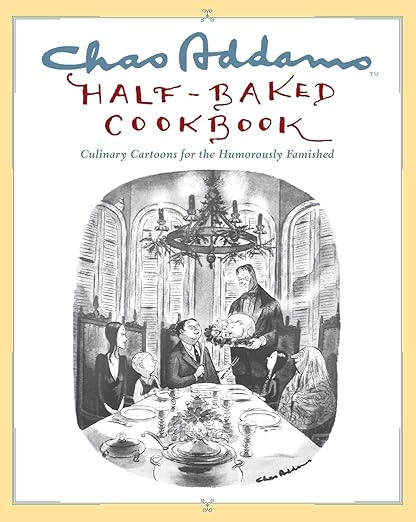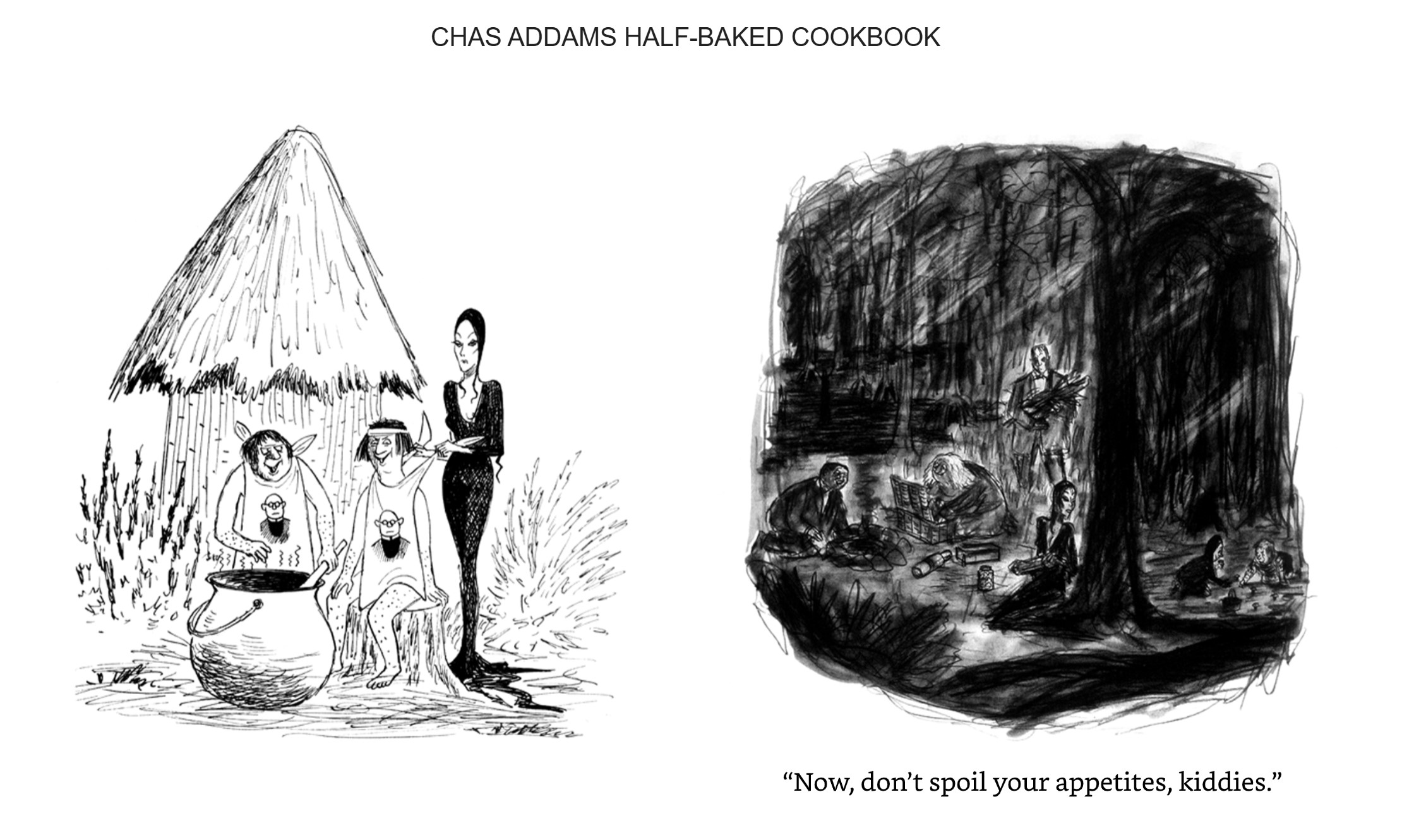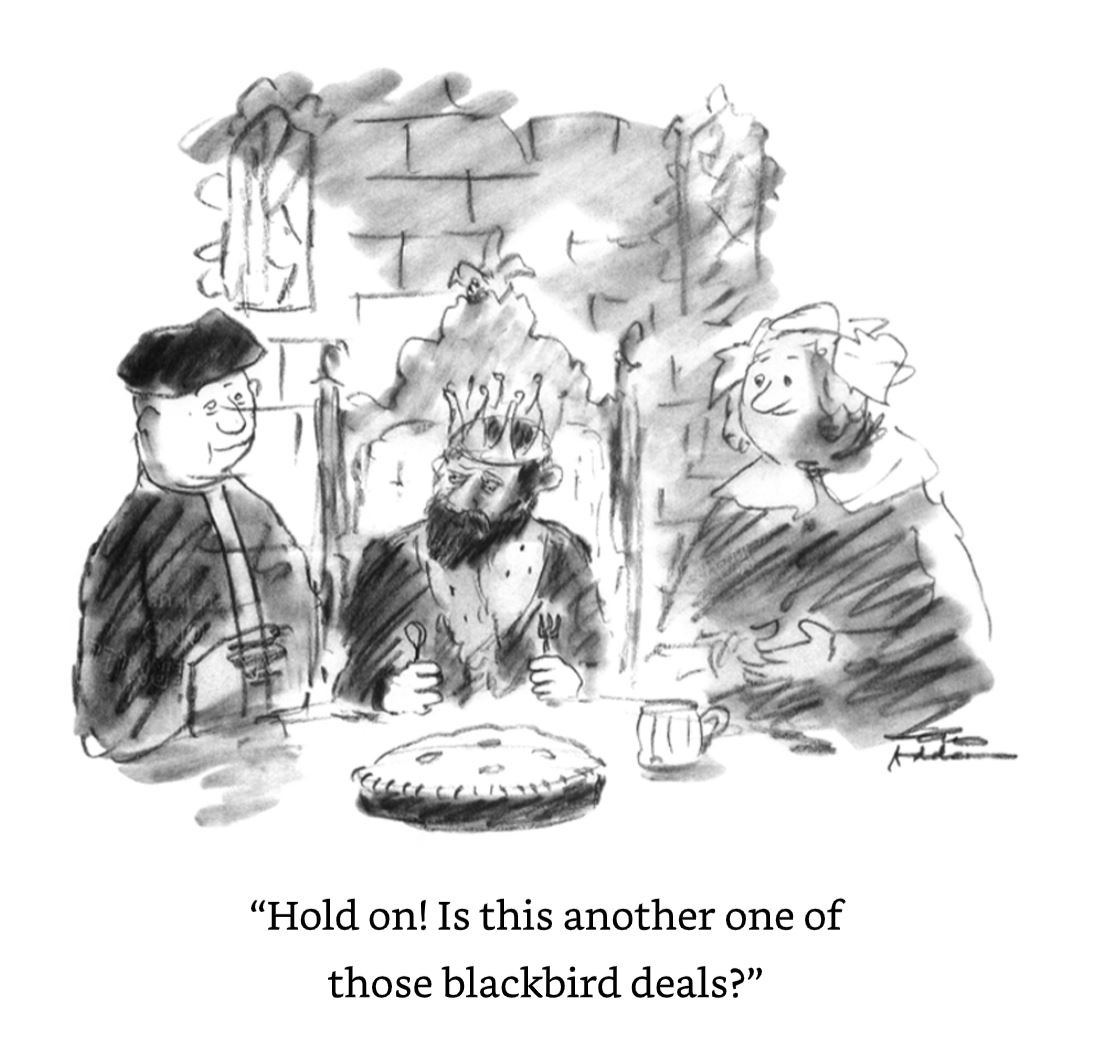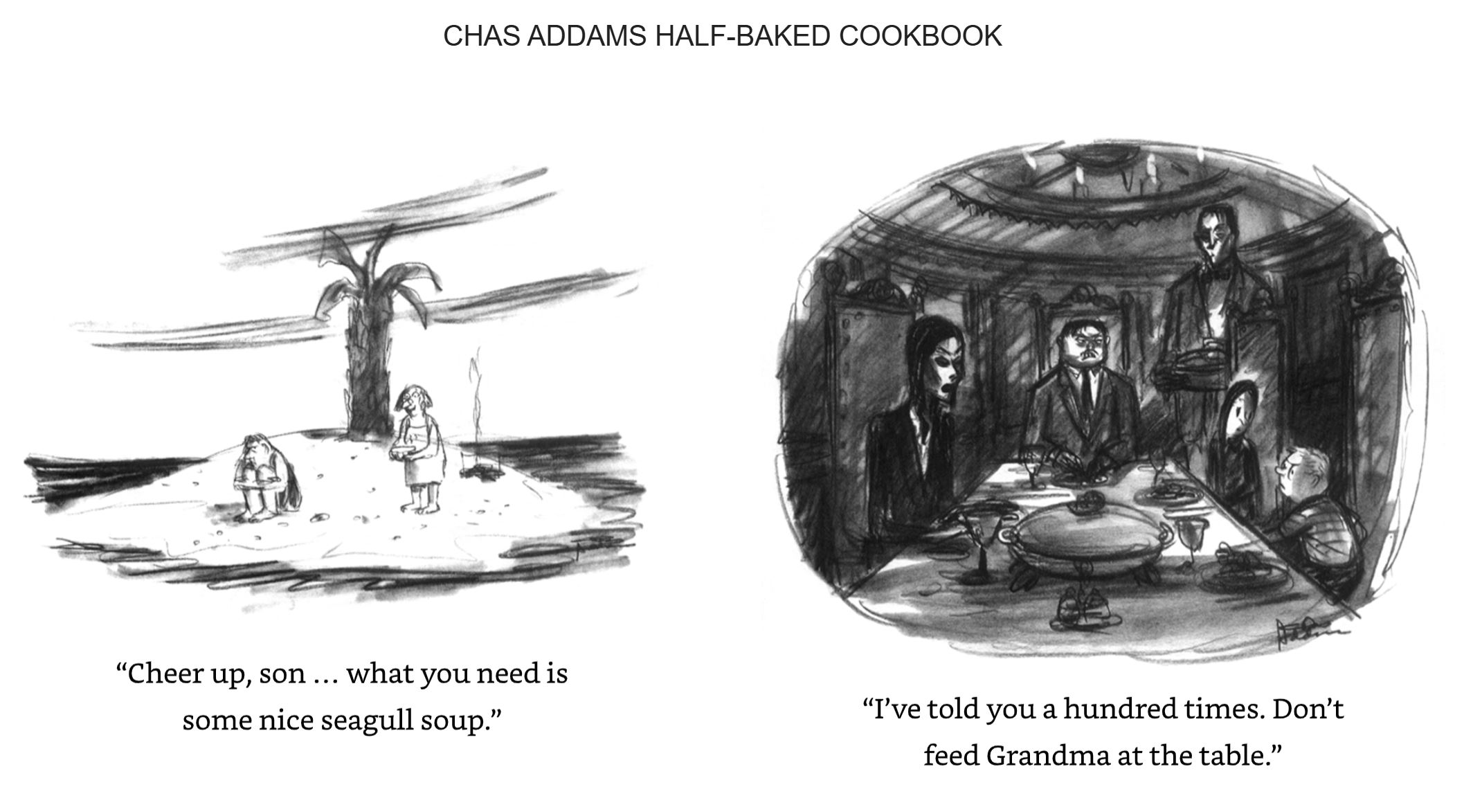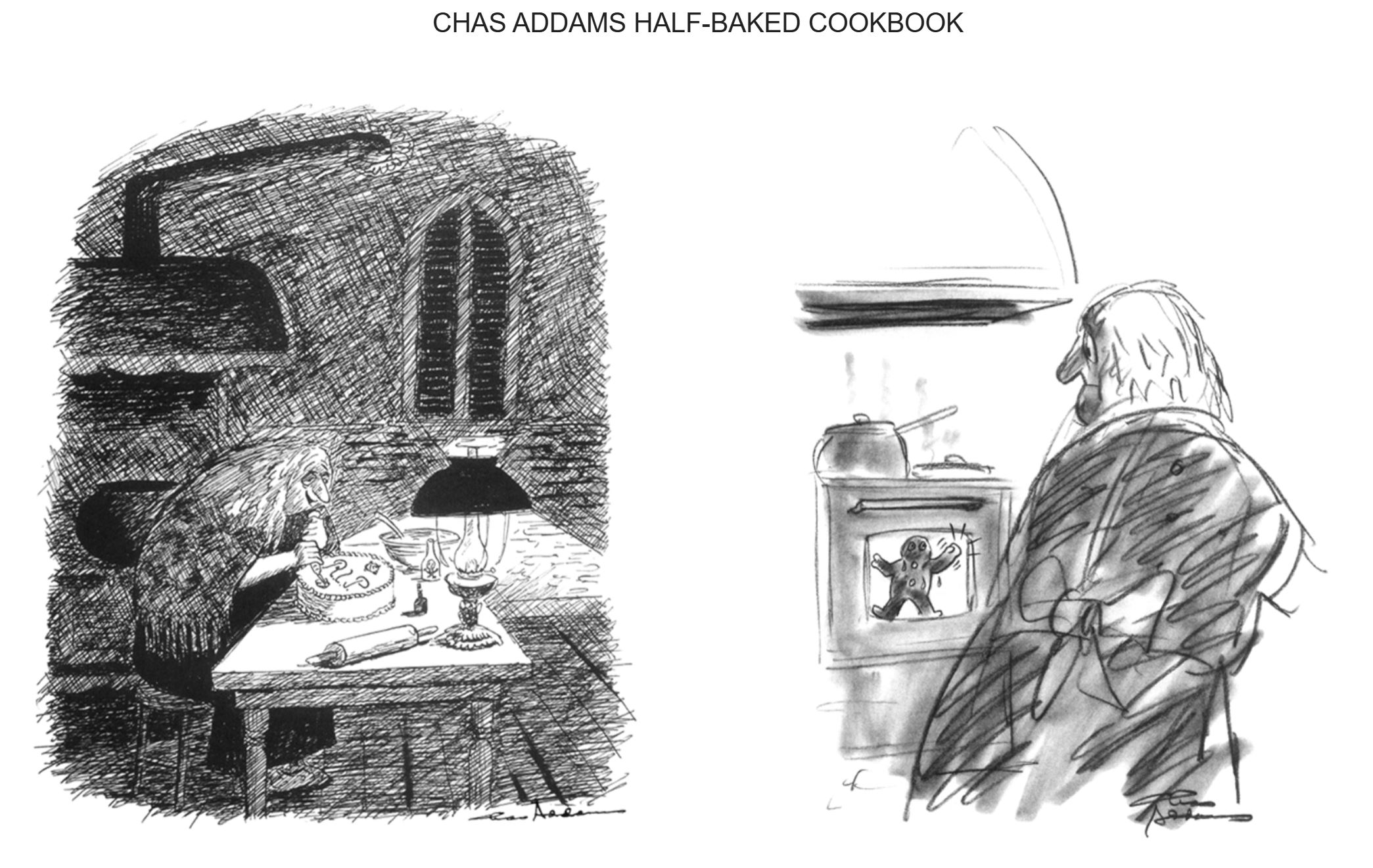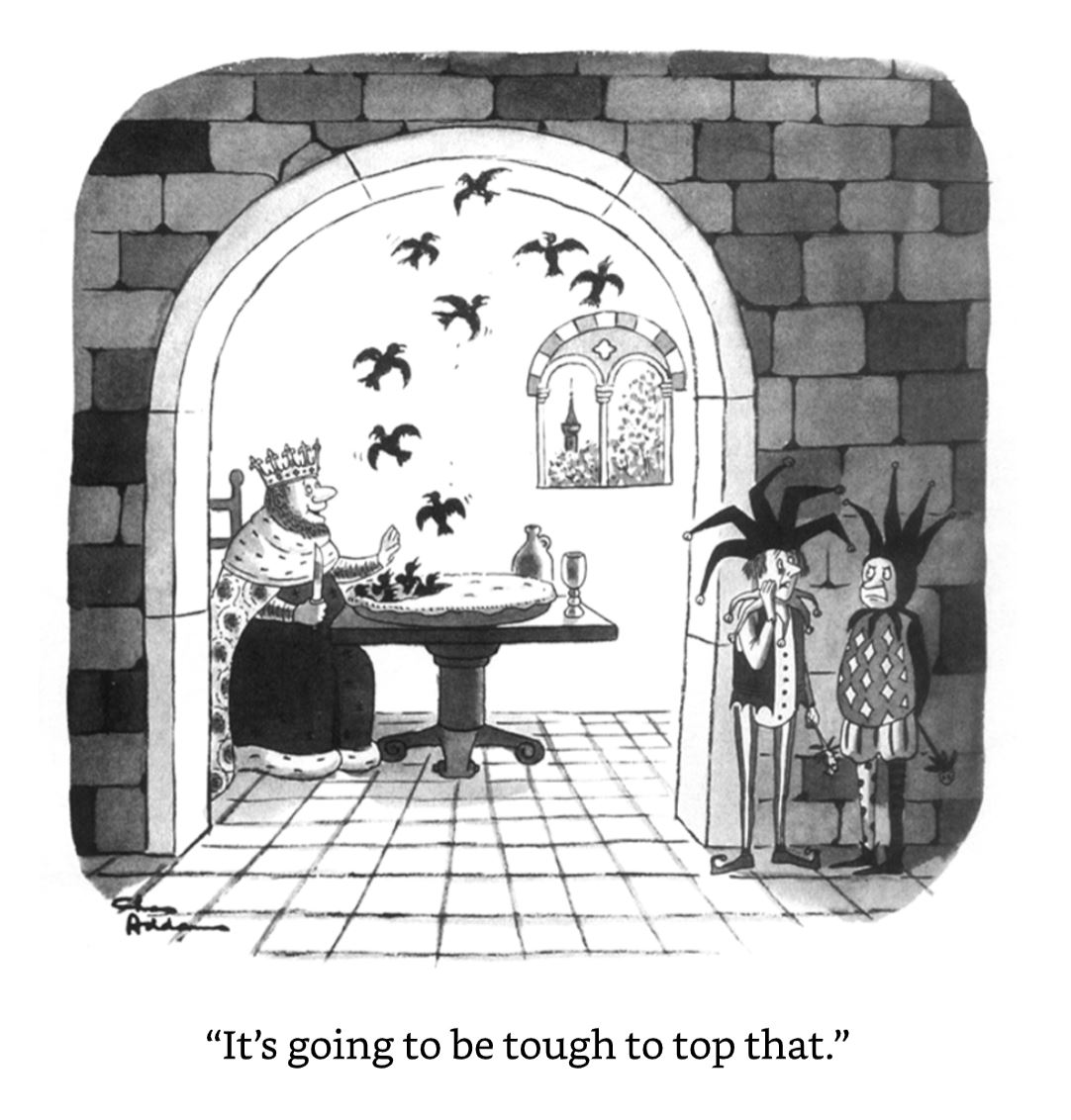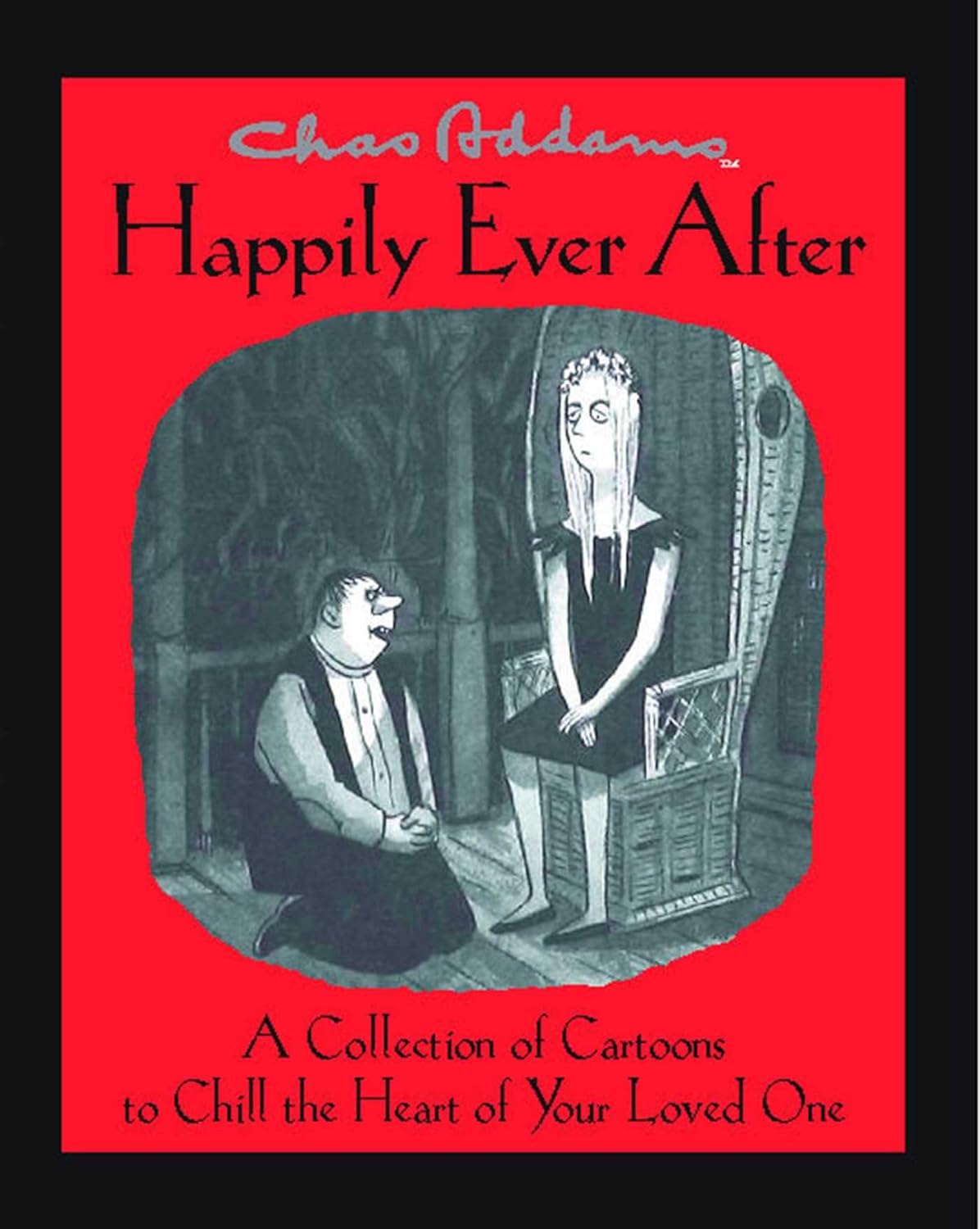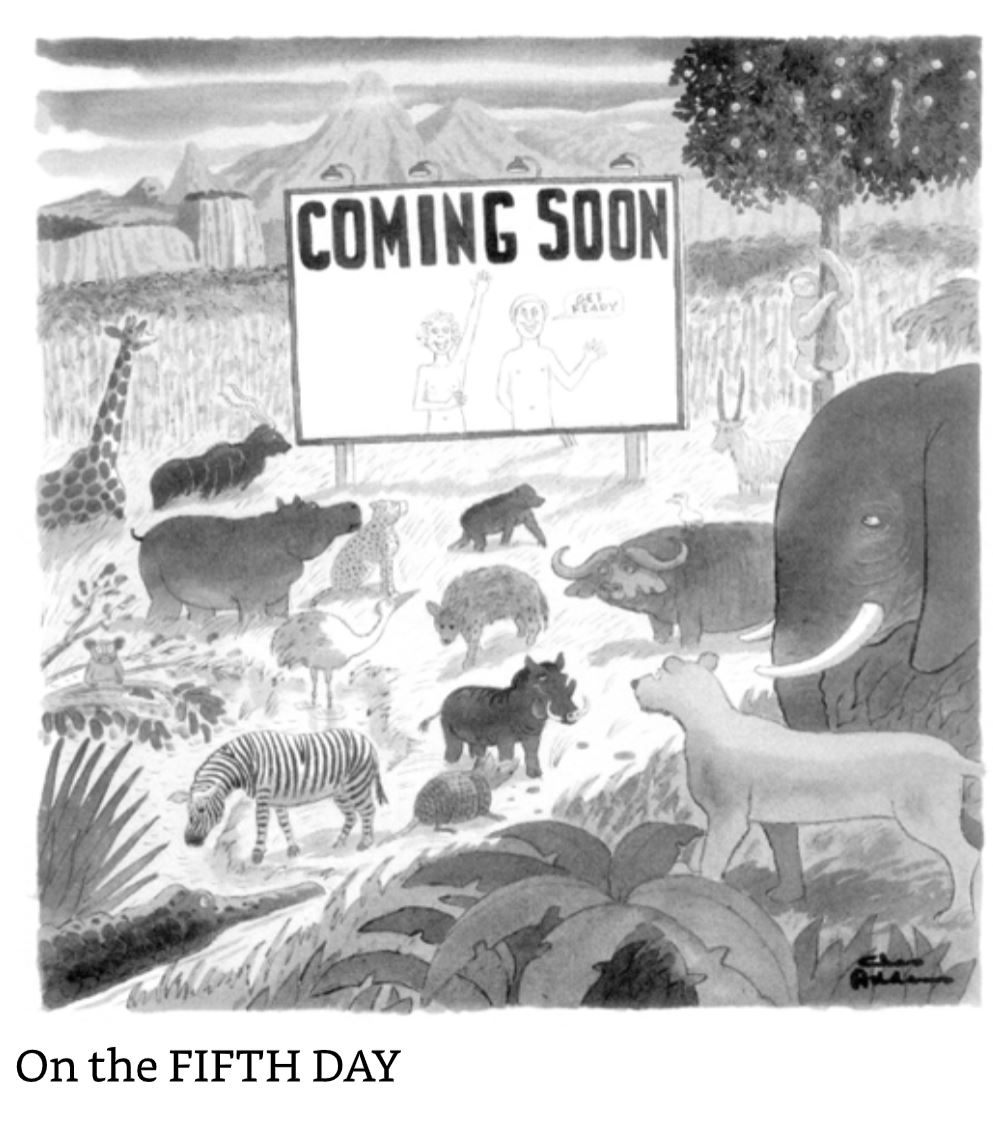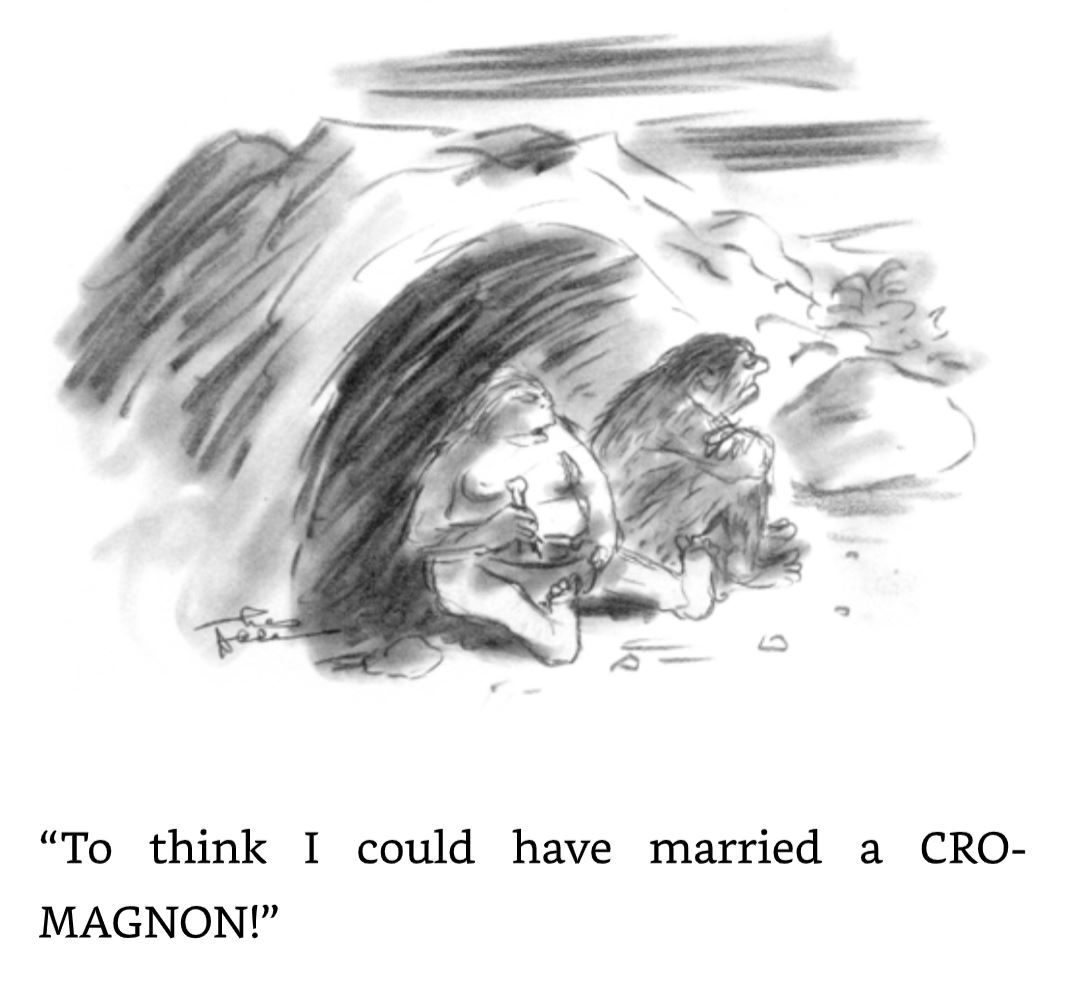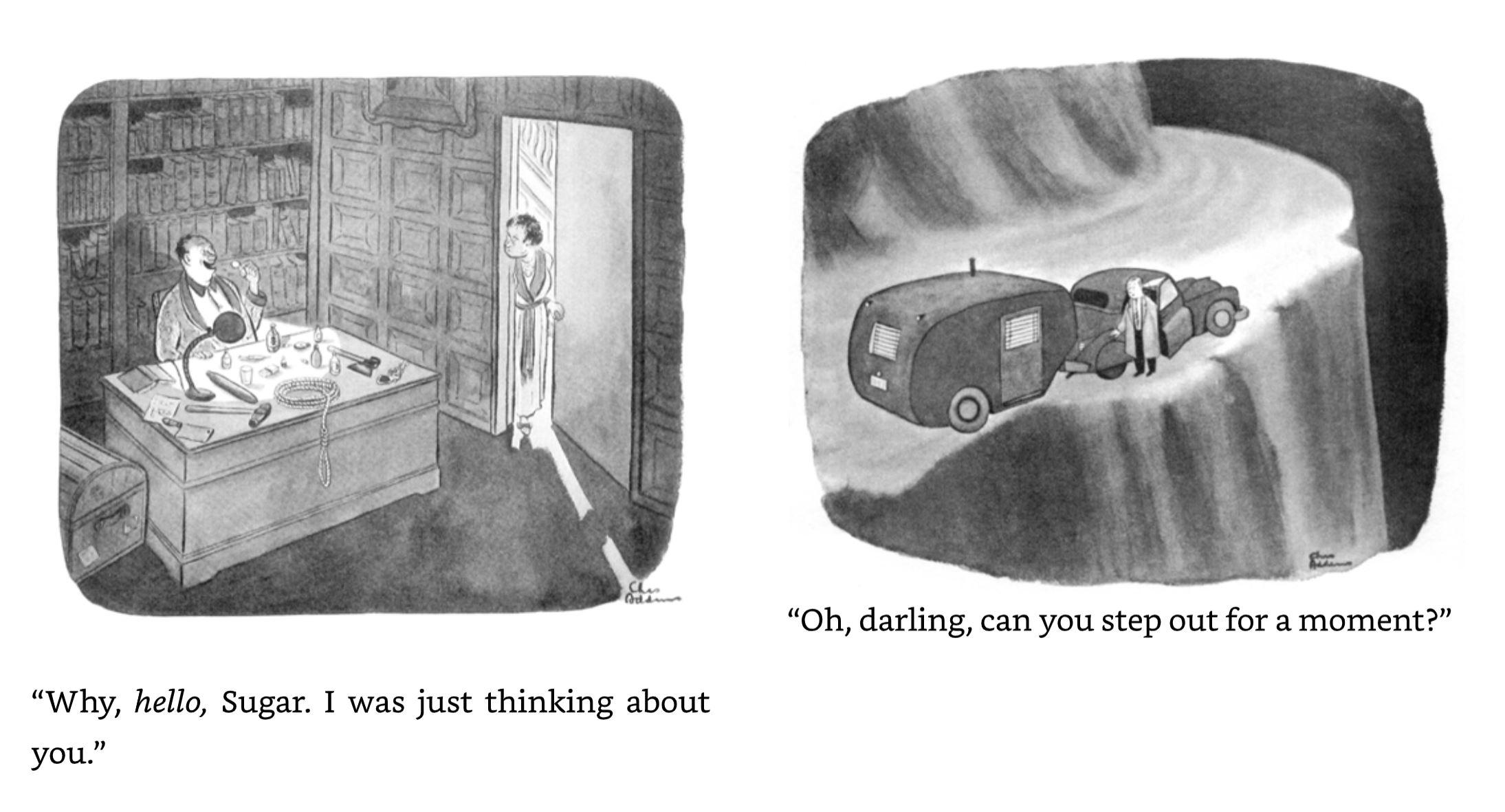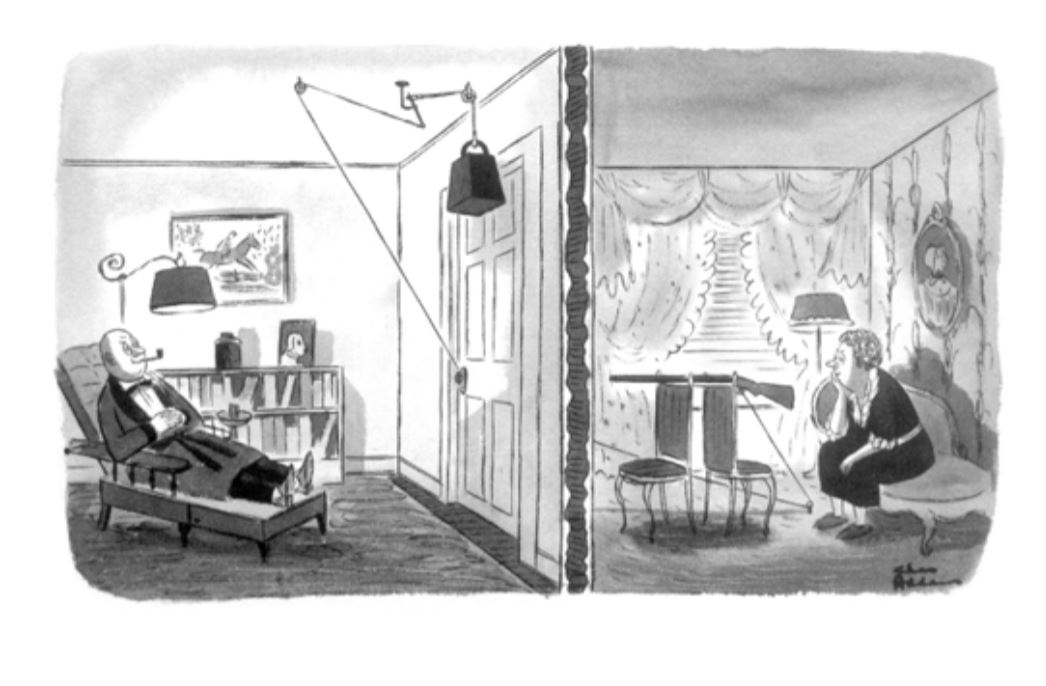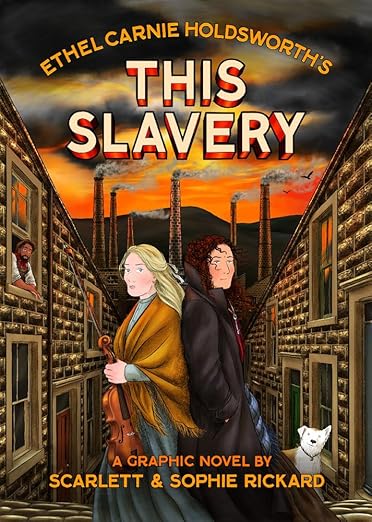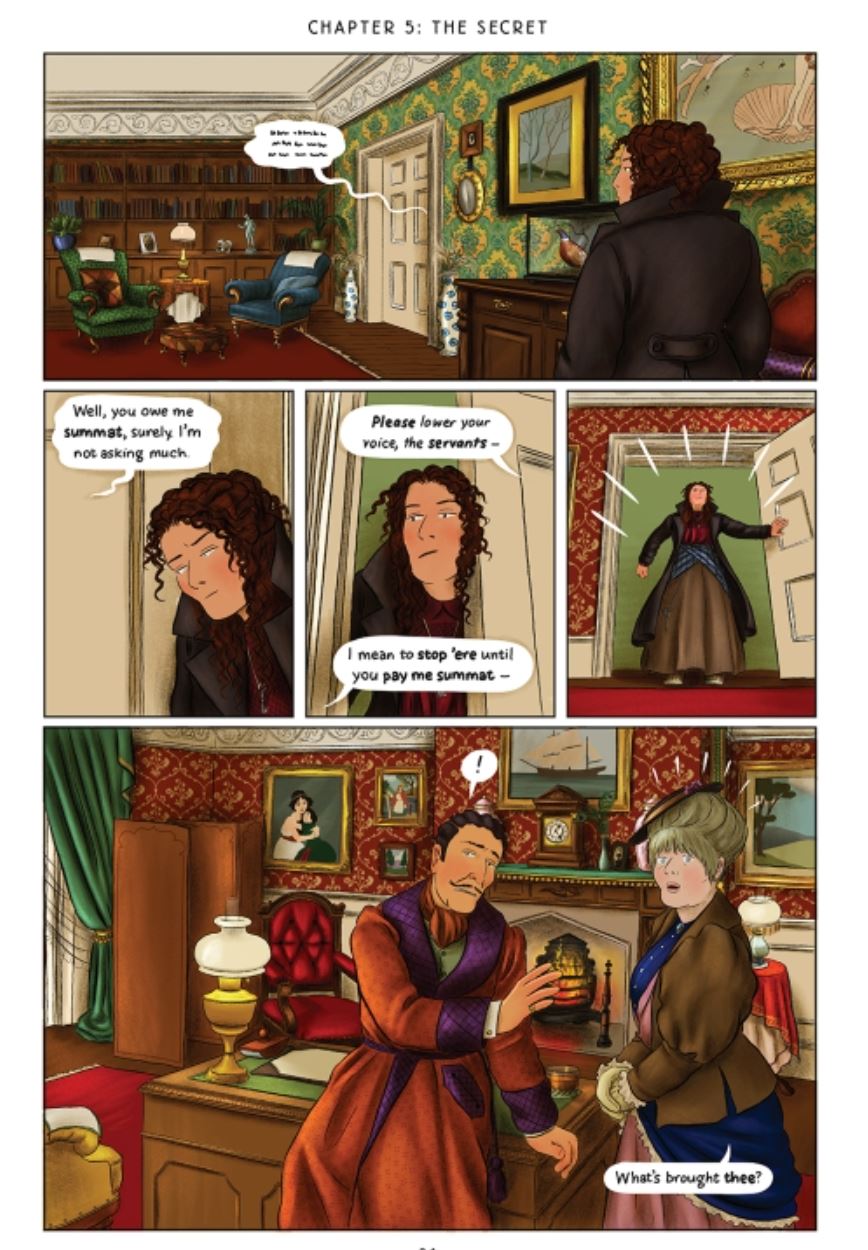


By Roger Leloup (Cinebook)
ISBN: 978-1-84918-127-3 (PB Album)
This book includes Discriminatory Content produced in less enlightened times.
Win’s Christmas Gift Recommendation: Rollercoaster, Role Model Wonderment for All… 8/10
Today in 1933 master craftsman and raconteur Roger Leloup was born. Bon anniversaire and many more, mate…
On September 24th 1970, “electronics engineer” Yoko Tsuno began her troubleshooting career as an indomitable intellectual adventurer. Her debut in Le Journal de Spirou came in “Marcinelle style” 8 page short ‘Hold-up en hi-fi’, and although she is still delighting readers and making new fans today, for a while it looked as if she wasn’t going anywhere soon. Thankfully, her astonishing, astoundingly accessible exploits were revised as she quickly evolved into a paragon of peril: helming pseudo-realistic fantasies numbering amongst the most intoxicating, absorbing and broad-ranging comics thrillers ever created. Her globe-girdling mystery cases and space-&-time-spanning epics are the brainchild of Belgian maestro Roger Leloup. He launched his own solo career in 1953 whilst working as studio assistant and technical artist on Hergé’s Adventures of Tintin.
Compellingly told, sublimely imaginative and – no matter how implausible the premise of any individual yarn – always firmly grounded in hyper-authentic settings underpinned by solidly constructed, unshakably believable technology and unswerving scientific principles, Leloup’s illustrated escapades were at the vanguard of a wave of strips revolutionising European comics. Early in the journey, he switched from loose cartooning to mesmerising, nigh-photo realistic illustration that has become a series signature. The long-overdue sea-change in gender roles and stereotyping he led heralded a torrent of clever, competent, brave, formidable women taking their rightful places as heroic protagonists, not romantic lures. That consequently elevated Continental comics in the process. Such endeavours are as engaging and empowering now as they ever were, none more so than the travails of masterful Miss Tsuno.
Her first outings (oft-aforementioned, STILL unavailable Hold-up en hi-fi, and co-sequels La belle et la bête and Cap 351) were mere introductory vignettes prior to epic authenticity taking a grip in 1971 when the unflappable problem solver met valiant but lesser (male) pals Pol and Vic. Instantly hitting her stride in premier full-length saga Le trio de l’étrange (LJdS’s May 13th edition), from then on, Yoko’s efforts encompassed explosive exploits in exotic corners of our world, spy and crime capers, time-travelling jaunts and sinister deep-space sagas such as this one. There are 31 bande dessinée albums to date, with 21 translated into English thus far, albeit – and ironically – none available as digital books…
The series has a complex history in English. Comcat previously released a few adventures – sadly, poorly translated and adapted – before British-based Cinebook acquired the franchise and opened a comprehensive and entrancing sequence in 2007 with 1976’s (seventh) saga On the Edge of Life.
Translated as The Curious Trio, Le trio de l’étrange was actually the 7th chronicle released by Cinebook and opens in a busy TV studio at midnight (back when actual humans pushed, pulled and focussed the clunky paraphernalia). Young Director Vic Van Steen loses his rag with best pal Pol Paris for falling asleep on his camera. Later, still smarting from another fractious tiff, the pair walk home past a deserted construction site and witness what looks like an elegantly brilliant burglary…
The quietly flamboyant break-in is, in fact, a pre-arranged test by sleekly capable freelance Japanese electrical engineer Yoko Tsuno. She’s been hired by a major company to test their new security. After apologising for nearly ruining her trial with well-intentioned interference, the lads invite the enigmatic tech-bod to join their film crew as sound engineer on a proposed outside shoot.
The gig is to explore flooded caves for a documentary and before the week ends the new friends are hauling equipment to a spectacular cavern, keen to work out the technical details. No sooner do they begin, however, than something goes terribly wrong and the trio are dragged deep underground by irresistible, swirling waters…
From here the achingly realistic, rationalist strip takes a huge leap into the uncanny as their subterranean submersion dumps them into a huge metal-shod vault where they are seized by blue-skinned humanoids. The colossal complex is of incredible size, and the captives are bundled into a fantastic vessel which runs on rails via magnetic levitation. Driven even deeper underground, a handy translation helmet enables the only friendly-seeming stranger to explain. She is Khany and her race, the Vineans, have been sleeping deep beneath the Earth for almost half a million years.
However, since recently awakening, internecine strife has disrupted the colonists’ lives. Ambitious militaristic martinet Karpan constantly manoeuvres to seize power from vast electronic complex The Centre, which regulates the lives of the awakened colonists. The humans’ first meeting with the blustering bully does not go well. When he attempts to beat Khany, martial artist Yoko delivers a humiliating and well-deserved thrashing…
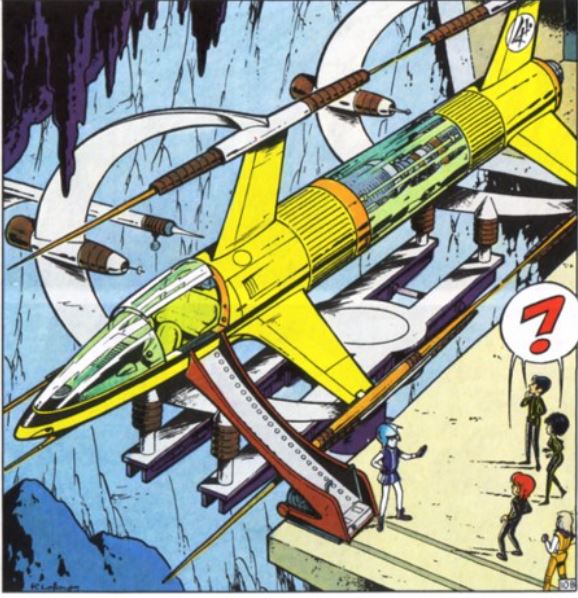
Infuriated, Karpan tries to disintegrate them but is pulled away by security forces. As the newcomers resume their voyage to The Centre, he secretly follows their magneto-carrier, resolved to destroy them. With the maglev ship hurtling to unimaginable depths, Khany introduces the humans to a stowaway – her young daughter Poky – while relating the astounding tale of the Vinean escape from planetary doom and two-million-light-year trip to Earth. Accustomed to subterranean living, on arrival the Vineans hollowed out a mountain and dug down even further.
The history lesson is interrupted by Karpan’s murderous attack, which is thwarted by Yoko’s quick thinking and her companions’ near-insane bravery…
Eventually, after another, far subtler murder attempt, the damaged magneto-carrier reaches its destination and the astonished visitors are brought before a stupendous computer to plead their case and expose Karpan’s indiscretions. The vast calculator controls every aspect of the colony’s life and will deliver judgement on the human invaders’ ultimate fate. After mind-scanning Yoko The Centre’s pronouncement is dire: the strangers must be placed in eternal hibernation…
When Pol plays his long-hidden trump card and threatens to destroy the machine with a stolen disintegrator, diplomatic Khany proposes a solution; suggesting simply waiting until they can all confront still-absent Karpan. Yoko is still deeply suspicious and not convinced Karpan is responsible for every attempt on their lives. That “night”, while Yoko rests, Poky sneaks into her habitation chamber and takes her on an illicit tour of the underside and innards of the impossibly huge complex. The jaunt verifies the engineer’s suspicions with a ghastly revelation. What they expose is a horrific threat not just to the Vineans – Karpan included – but to every human on the surface of Earth…
The eerie mystery then explodes into spectacular action and a third act finale worthy of any Bond blockbuster as Tsuno’s dramatic duel with an incredible malign menace settles the fate of two species…
Absorbing, rocket-paced and captivatingly combining tense suspense with bombastic thrills, spills & chills, this is a terrific introduction to a world of rationalist mystery and humanist imagination with one of the most unsung female action heroes of all… and one you’ve waited far too long to meet…
Original edition © Dupuis, 1979 by Roger Leloup. All rights reserved. English translation 2012 © Cinebook Ltd.
Today in 1916 DC Golden/Silver age and newspaper strip scripter Alvin Schwartz was born, followed 11 years later by Belgian author Maurice Rosy, whose art direction made Spirou what it is.
In 1928 Don Lawrence was born. You can go look back at his Trigan Empire stuff, but why not also enjoy Maroc the Mighty like we just did…

